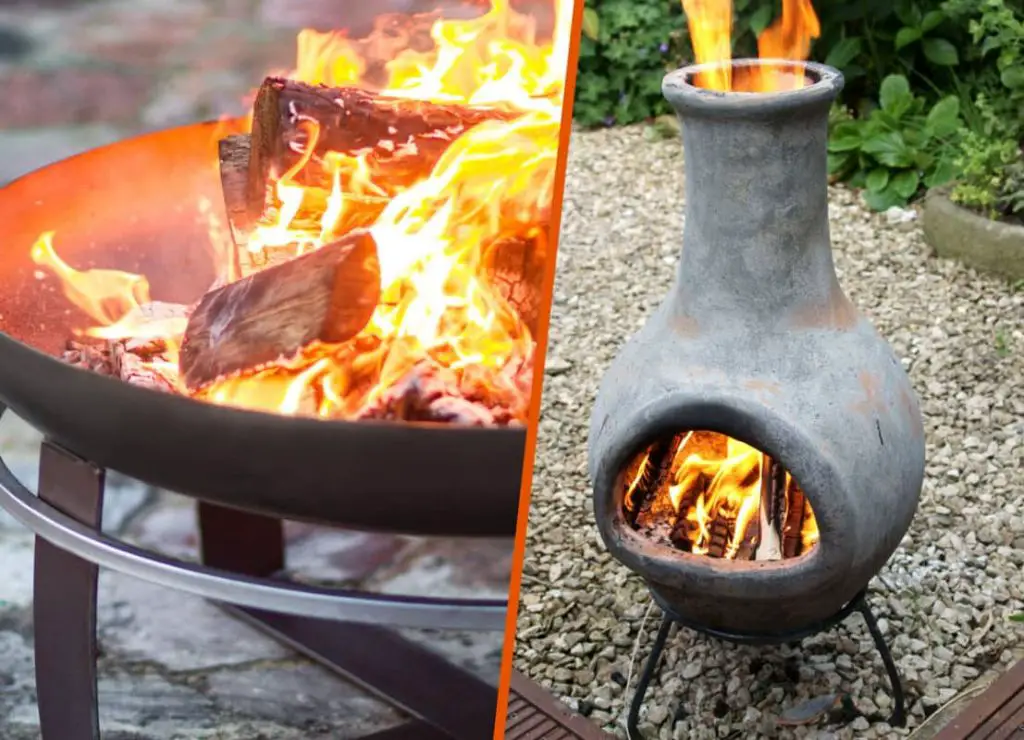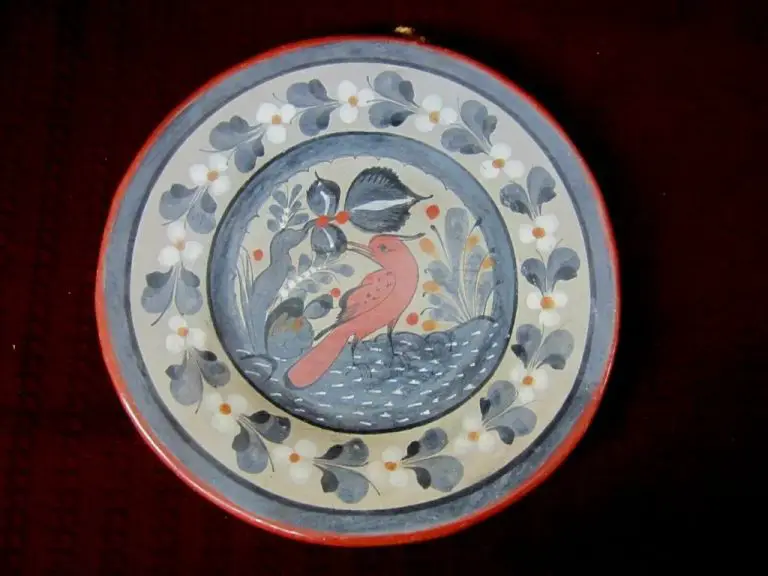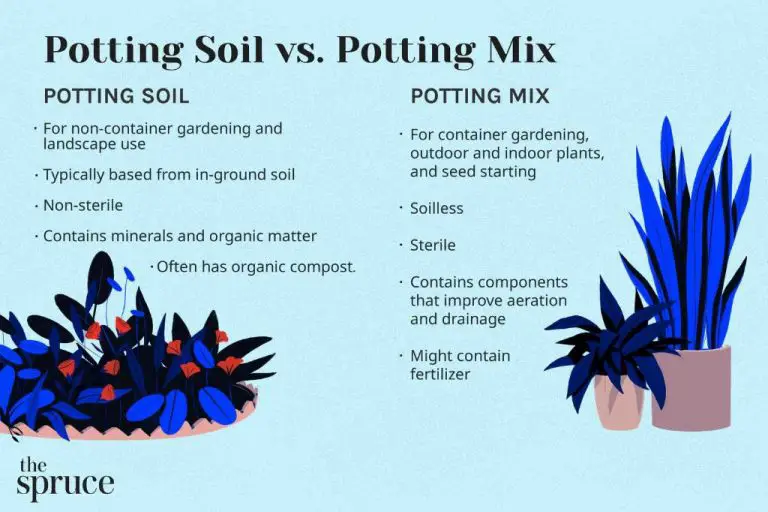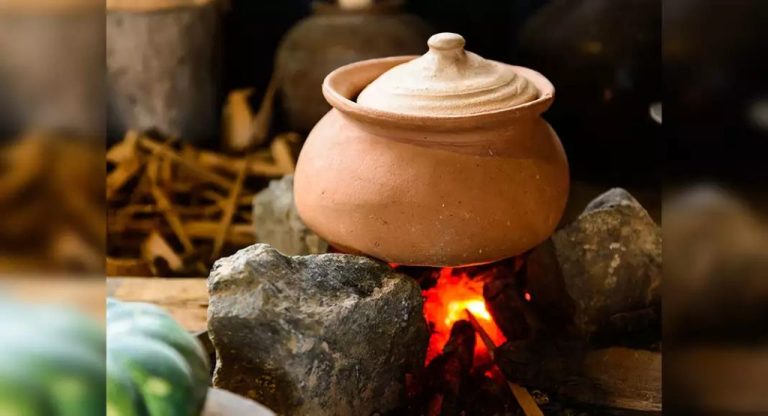Are Clay Chimineas Any Good?
What Are Clay Chimineas
A clay chiminea is a type of freestanding outdoor fireplace typically made from terra cotta clay. Chimineas have an urn or kettle shape with an opening in the front to access the fire chamber and a chimney coming out of the top to vent smoke. The name “chiminea” comes from the Spanish word “chimenea” meaning chimney.
Clay chimineas originated in Mexico and Central America, where indigenous cultures used similar clay pots to contain outdoor fires for lighting and cooking. Modern recreational clay chimineas emerged in the late 20th century as a decorative way to have a contained outdoor fireplace for warmth, ambiance, and grilling.
Common styles of clay chimineas include traditional Mexican designs with a rounded body and flared neck. There are also contemporary clay chimineas in cube, pyramid, spherical, cylindrical, and abstract artistic shapes. They range from small, portable sizes around 15 inches tall to larger models over 4 feet tall. Chimineas are made from natural terra cotta clay, cast into molds and fired at high temperatures.
Source: https://dreamoutdoorliving.com/how-long-clay-chiminea-last/
Benefits of Clay Chimineas
Clay chimineas offer several advantages that make them a popular choice for outdoor heating and cooking. One benefit is that clay maintains and radiates heat well, allowing a clay chiminea to stay hot longer than many metal options (https://perfectpatio.co.uk). The thick clay walls absorb heat from the fire and release it slowly over time, keeping you warm even after the fire has died down.
Clay is also very durable and weather-resistant. Quality clay chimineas can last for many years outdoors through all seasons. The natural clay material won’t rust, dent, peel, or degrade as quickly as metal chimineas in the elements (https://www.euroleisure.net). A well-built clay chiminea can survive years of use and outdoor exposure while still looking attractive.
Finally, clay chimineas come in visually appealing designs from traditional adobe shapes to decorative patterns and colors. Clay’s moldability allows more elaborate detailing than is possible with metal. The natural reddish-brown clay color also fits into many backyard décor styles. You can choose from a simple pot-bellied design or pick one with carved patterns, baked enamel finishes, and molded shapes.
Downsides of Clay Chimineas
While clay chimineas have many benefits, they also come with some downsides to consider before purchasing one:
Clay chimineas tend to be quite heavy and cumbersome, especially the larger models. Their weight makes them difficult to move around and properly position. You’ll need at least two strong people to lift and carry a large clay chiminea. Smaller tabletop models are an exception and can be moved by one person.
The clay material is prone to cracking if exposed to rapid temperature changes. If a hot fire is burning inside, then suddenly cooled by rain or a splash of water, the clay can expand and contract too quickly, resulting in cracks. Damage from temperature shock is one of the most common reasons clay chimineas require repairs.
Over time, the elements can wear down the exterior sealant on a clay chiminea. While a proper initial sealing provides protection, these fireplaces occasionally need re-sealing and maintenance to avoid damage. Checking for any worn spots and re-sealing every couple years extends their lifespan.
Proper care must be taken to avoid exposing clay chimineas to damage. But the beauty and ambiance of real clay often makes the extra maintenance worthwhile for many owners. Knowing what to expect helps minimize any downsides.
Clay vs. Metal vs. Concrete
Clay, metal, and concrete chimineas each have their own unique properties when it comes to durability, weight, heat retention, and cost.
Clay chimineas are made from ceramics or terra cotta. They have good heat retention but are more fragile and prone to cracking than metal or concrete. Clay is lightweight and lower in cost than metal chimineas. However, clay can break down over time with exposure to weather and moisture (myfire.place).
Metal chimineas are very durable but tend to weigh more. Popular metals are cast iron, copper, and steel. Metal conducts heat well but will not retain heat as efficiently as clay or concrete. Metal chimineas are typically the most expensive option (gardenbenches.com).
Concrete chimineas are heavy but withstand weather well. They retain heat efficiently like clay. Concrete takes longer to heat up initially but once hot will hold consistent warming temperatures. Concrete chimineas are more affordable than metal but can be 2-3 times the weight (firehouse-uk.com).
Overall, clay offers beautiful traditional styling, metal brings durability, and concrete provides rugged longevity. Consider weight, use, and budget when deciding between these common chiminea materials.
Care and Maintenance
Proper care and maintenance are crucial for ensuring your clay chiminea lasts for many years. Here are some key tips:
Before lighting your chiminea for the first time, it’s important to cure it properly. This involves slowly heating up the clay over the course of 2-3 small fires to fully dry out and set the clay. Refer to the manufacturer’s instructions for specific curing steps. Improper curing can lead to cracks developing (source).
For seasonal maintenance, thoroughly clean the chiminea at least twice a year. Use a stiff bristle brush and warm soapy water to remove soot, ash, and dirt buildup. This prevents moisture damage during wet weather. Allow the chiminea to fully dry before storing or re-lighting (source).
Check for cracks and chips regularly. Small cracks can be filled with high-temperature caulk or touch-up paint. Larger cracks may require professional repairs or replacement of damaged parts.
Safety Tips
When using a clay chiminea, following some basic safety tips can help prevent accidents and injuries.

Proper placement of your chiminea is crucial. Be sure to place it on a flat, level, and fireproof surface, at least 3 feet away from buildings, trees, and other flammable objects. Avoid placing on wooden decks or under low-hanging tree branches. Refer to the manufacturer’s instructions for specific clearance recommendations.
Always supervise children around a lit chiminea. Do not let children or pets touch or go near the fire. Ember burns can happen quickly and may not be immediately painful or visible.
Protect your chiminea from weather. Strong winds or rainstorms can blow embers out of the chiminea. Always extinguish the fire completely if high winds or storms are expected. Use a chiminea cover to protect it from rain or snow when not in use.
According to https://chimineashop.co.uk/chiminea-advice/essential-clay-chiminea-safety-faqs/, following these tips can help prevent potential hazards and make your chiminea experience safer and more enjoyable.
Top Clay Chiminea Brands
When shopping for a clay chiminea, you’ll find there are several reputable brands to choose from. Here are some of the top options:
Lava Heat Mex
Lava Heat Mex is known for making high-quality clay chimineas with traditional Mexican designs. Their chimineas range from $120-$200 depending on the size and style. Reviews praise the thick clay construction that retains heat well and crackles like a real fire. The traditional smokestack shape also vents nicely. The clay stays durable through weather and frequent use. The designs add a nice decorative element to any patio or yard.
Canyon Clay
Canyon Clay offers simple, modern designed chimineas in black, red, and terra cotta clay. Prices range from $80-$140. According to customer reviews, the contemporary chimineas have clean lines and a thin clay construction that doesn’t retain heat quite as well. However, owners like that they weigh less for easy moving. The neutral color options fit in with a range of outdoor décor styles. Assembly is quick and simple. Overall, they make a budget-friendly option for casual use.
Veradek
On the higher end, Veradek makes hand-crafted clay chimineas that sell for $300-$500. They come in a variety of earthy colors like terracotta, grey, brown, and blue. Reviews consistently mention the impressive craftsmanship and detailing on Veradek chimineas. They are made from thick clay that withstands weather and retains heat efficiently. Owners say the chimineas provide a gorgeous focal point in their outdoor space with a traditional design. The smokestack draws smoke up and out as expected. They represent a premium investment for those wanting long-lasting quality.
Using Your Clay Chiminea
When it comes to fuel, there are a few options for your clay chiminea. Hardwood logs or charcoal briquettes are common choices that will burn evenly and produce less smoke. Avoid resinous softwoods like pine as they will create more smoke. Some people also use manufactured firelogs, which provide consistent burning though avoid brands with lots of binders or fillers which can leave residue in the chiminea (https://flashyhouse.co.uk/how-to-use-a-chiminea/).
For cooking and grilling, clay chimineas make a fun and unique way to prepare food outdoors. Their enclosed design retains heat and smoke flavor. Go for foods that cook quickly over direct heat like kebabs, sausages, shrimp, vegetables, and thin steaks. Avoid flare ups by keeping a moderate fire. Chimineas can also be used for indirect cooking methods like smoking brisket, chicken wings, or pork shoulders over a longer period.
When grilling, use grilling baskets or skewers to avoid food falling through the grate at the base. Rotate or move food frequently for even cooking. Keep a spray bottle on hand to manage any flames. Taking advantage of the radiant heat, clay chimineas are great for baking pizza, cooking bread, or even roasting vegetables in a dutch oven.
Clay Chiminea Design Ideas
Clay chimineas can be excellent focal points for your outdoor living space. With a little creativity, you can create an eye-catching design that enhances your patio, deck or yard.
One popular design idea is to incorporate your chiminea into your landscaping. Place your chiminea on a stone or paver patio, surrounded by small shrubs, flowers and ferns. The contrast of the red clay against lush greenery is quite striking. For a more rustic look, use mulch or pebbles instead of pavers. Just make sure to keep any flammable materials at a safe distance.
You can also accessorize your chiminea to complement your yard. Add iron plant stands nearby to hold potted plants. Arrange river rocks, pinecones and other natural elements around the base. Hang candles in glass jars from shepherd’s hooks so they reflect off the chiminea’s surface. Use trellises and arbors to create cozy nooks for seating near your chiminea.
For fun colors and textures, drape handmade blankets or quilts over the backrest or built-in benches of your chiminea. Choose patterns and hues that coordinate with your patio furniture and landscaping. You can further adorn it with decorative ceramic tiles, mirrors or metal cut-outs affixed with outdoor adhesive.
Adding a chiminea cover when not in use can also become a design detail. Look for custom fitted covers in colorful patterns, or sew your own cover that complements your patio décor.
With a creative touch, your clay chiminea can become an inviting focal point that brings warmth and beauty to your outdoor living area.
Frequently Asked Questions
Here are answers to some of the most commonly asked questions about clay chimineas:
Can a clay chiminea get wet? Yes, a clay chiminea is designed to withstand some wet weather. However, it’s best to protect it from heavy rain when not in use. Prolonged moisture can damage the clay over time (1).
How do you clean a clay chiminea? Use a soft scrub brush and warm soapy water to clean the bowl and chimney. Avoid abrasive cleaners that could scratch the surface. Once or twice a year, apply a fresh coat of heat-resistant paint or sealer to protect the clay (2).
What fuel do you use in a clay chiminea? Only use untreated wood logs or manufactured firelogs. Avoid softwood, driftwood, and wood with sap or tar, which can crack the clay. Never use lighter fluid or gasoline to start a fire. Use firelighters specifically made for chimineas (3).
How long do clay chimineas last? With proper care and maintenance, a quality clay chiminea can last 5-10 years outdoors. Keep it protected from extreme weather and regularly apply sealer. Eventually the clay may crack from repeated heating and cooling cycles.
What’s the safest way to use a chiminea? Place it on a non-flammable surface away from structures, trees and shrubs. Keep at least 3 feet of clearance. Don’t leave a fire unattended. Allow ashes to fully cool before emptying the chiminea bowl.
(1) https://www.firepit.co.uk/a/blog/everything-your-need-to-know-before-buying-a-clay-chimenea
(2) https://chimineashop.co.uk/chiminea-advice/essential-clay-chiminea-safety-faqs/
(3) https://chiminea.uk/clay-chimineas-101-a-beginners-guide-to-safe-use/



